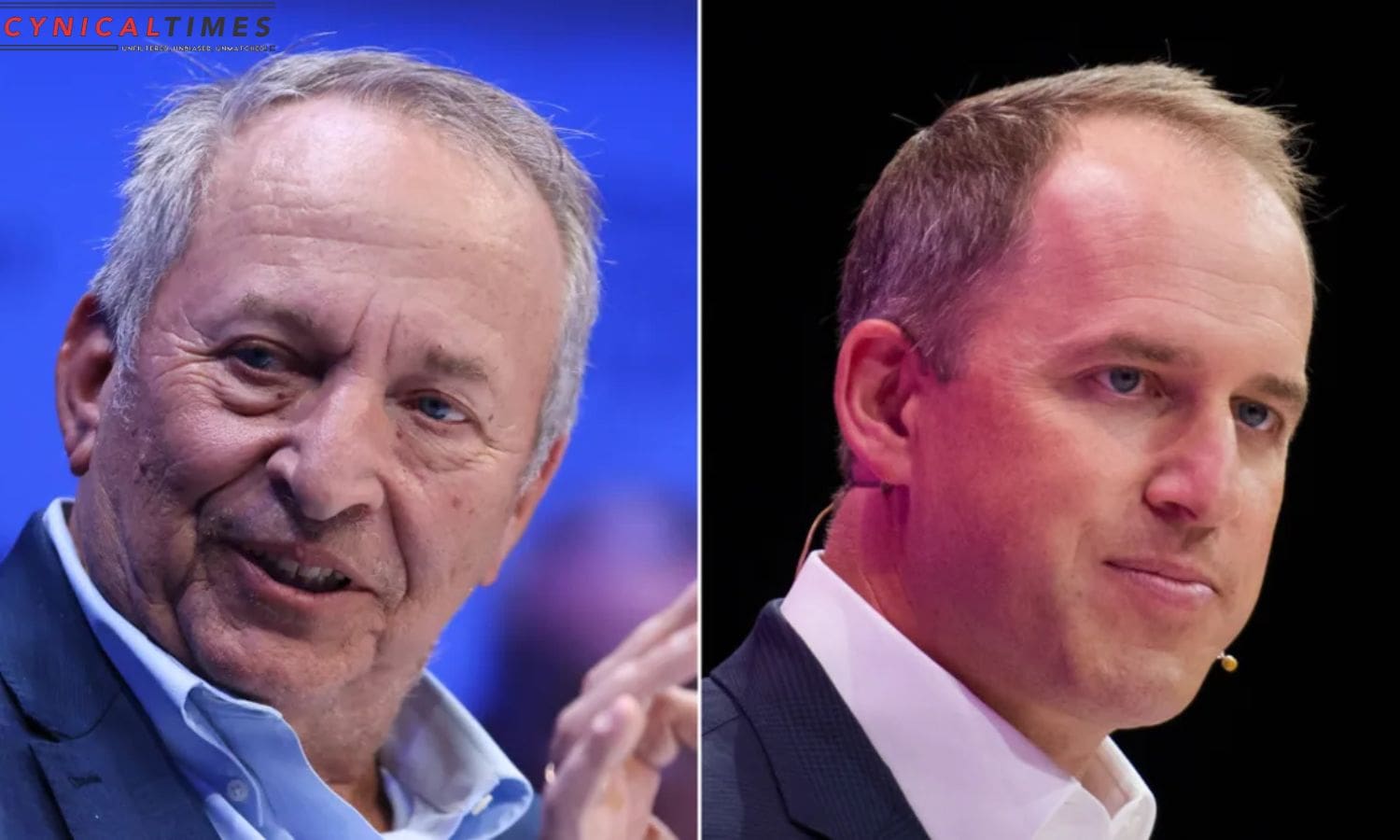OpenAI Leadership Crisis: The leadership crisis that recently shook OpenAI has concluded with a surprising turn of events, reinstating Sam Altman as CEO and preserving the company’s partnership with Microsoft. While on the surface, it seems like a return to the status quo, this agreement holds broader implications for both OpenAI and the field of artificial intelligence.
For Sam Altman, the resolution is a personal triumph. After a swift and unexpected removal from his position, Altman garnered overwhelming support from OpenAI’s staff, emphasizing a deep divide between himself and the board. His reinstatement stands as a form of vindication, further enhancing his image as a charismatic visionary shaping the future of AI.
Microsoft, a key player in this drama, downplayed its role but remains a significant stakeholder. The tech giant’s commitment to OpenAI includes a multi-billion-dollar partnership, leading to the integration of ChatGPT into Microsoft products. With Altman back as CEO, Microsoft’s influence is set to grow, potentially impacting how OpenAI is governed.


Also Read: Gaming Giant CEO Arrested: DouYu Drama Unfolds in China
The addition of new board members, Bret Taylor and Larry Summers, aligns OpenAI more closely with the country’s elite. Taylor, a former Sa Bret Taylor lesforce co-CEO and Twitter chair, brings substantial tech industry experience. Summers, a former Harvard president, adds a touch of controversy due to past comments on gender differences in scientific professions. This alignment positions OpenAI within influential circles.
On the losing side are those advocating for caution in AI development. The ousted board members, purportedly concerned about the long-term risks of AI, failed to make a stand. The internal turmoil revealed a clash of ideologies, with some board members allegedly considering the destruction of OpenAI as aligned with its mission. This event may damage the credibility of deep AI skeptics and elevate the influence of those pushing for widespread AI adoption.
While OpenAI doesn’t appear to be abandoning risk considerations entirely, the dispute’s aftermath suggests a shift towards commercializing generative AI rapidly. Altman, Microsoft, and the proponents of AI adoption emerge victorious, potentially shaping the trajectory of AI development for years to come.
Our Reader’s Queries
What is the controversy with OpenAI?
The recent OpenAI controversy highlights a common governance issue – the confusion between the roles of the board and management. This problem is not limited to the tech industry and requires a better understanding of the proper responsibilities of each party.
What’s happened at OpenAI?
OpenAI recently made headlines when its CEO, Sam Altman, was dismissed for not being transparent enough with the board. However, the board has since resigned and Altman has resumed his position as CEO. In other news, Microsoft’s parent company, LinkedIn, has secured a non-voting board seat.
Who is the majority shareholder of OpenAI?
Currently, Microsoft holds a 49% stake in OpenAI, with the remaining 49% being owned by other stakeholders. The original non-profit foundation of OpenAI still maintains its autonomy, playing a crucial role in shaping the company’s history.
Is OpenAI owned by Microsoft?
In a statement released on Friday, Microsoft (MSFT.O) clarified that it does not have any ownership stake in OpenAI, a leading player in the field of artificial intelligence.

